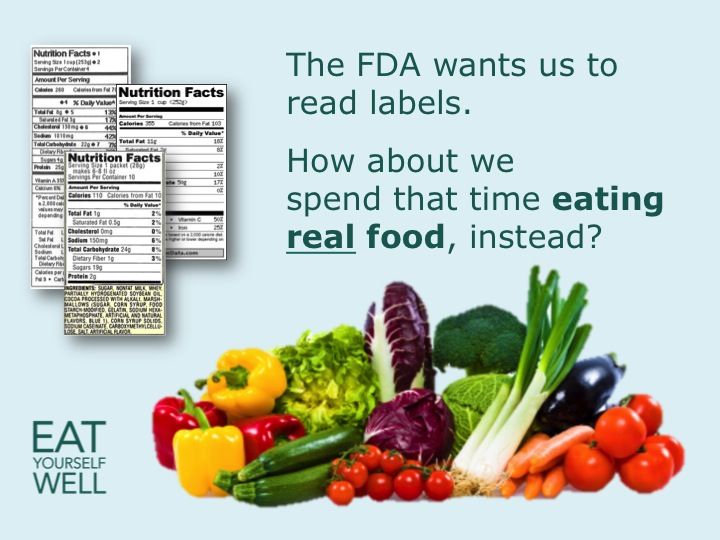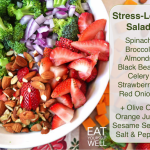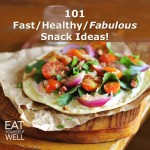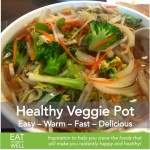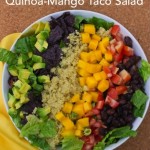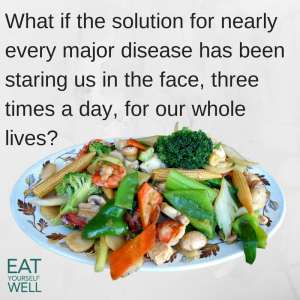 Researchers spend hundreds of millions of dollars on medications and other medical interventions for diseases that your body is already fighting every single day. To quote from one of my favorite Ted Talks, William Li, “Can we eat to starve cancer?“:”Autopsy studies from people who died in car accidents have shown that about 40 percent of women between the ages of 40 and 50 actually have microscopic cancers in their breasts, about 50 percent of men in their 50s and 60s have microscopic prostate cancers, and virtually 100 percent of us, by the time we reach our 70s, will have microscopic cancers growing in our thyroid. Yet, without a blood supply, most of these cancers will never become dangerous. Dr. Judah Folkman, who was my mentor and who was the pioneer of the angiogenesis field, once called this ‘cancer without disease.'”
Researchers spend hundreds of millions of dollars on medications and other medical interventions for diseases that your body is already fighting every single day. To quote from one of my favorite Ted Talks, William Li, “Can we eat to starve cancer?“:”Autopsy studies from people who died in car accidents have shown that about 40 percent of women between the ages of 40 and 50 actually have microscopic cancers in their breasts, about 50 percent of men in their 50s and 60s have microscopic prostate cancers, and virtually 100 percent of us, by the time we reach our 70s, will have microscopic cancers growing in our thyroid. Yet, without a blood supply, most of these cancers will never become dangerous. Dr. Judah Folkman, who was my mentor and who was the pioneer of the angiogenesis field, once called this ‘cancer without disease.'”
For the most part, our bodies can handle foreign invaders and internal threats, as long as:
1. They are identifiable as an invader – meaning they aren’t some new bacteria/virus/compound that the body can’t identify, or to which it hasn’t developed a response. This is why new chemicals, GMOs, and such have the potential to be so problematic.
2. The body isn’t already so compromised from dealing with known invaders, injuries, etc. that it is too taxed to fight back. This is why it is important to maintain a healthy lifestyle, including clean foods, regular exercise, stress management, etc.
Right this very minute, probably the best thing you can do to support – and thank! – the amazing systems that keep your body healthy is to go find the darkest, greenest, leafiest organic vegetable around, and eat it. Then in an hour, do it again – and throw in some cooked tomatoes – and blueberries for dessert. The beautiful thing is that you have 3-4 opportunities to do this every day, and every one can be health-supporting, beautiful, and absolutely delicious!
